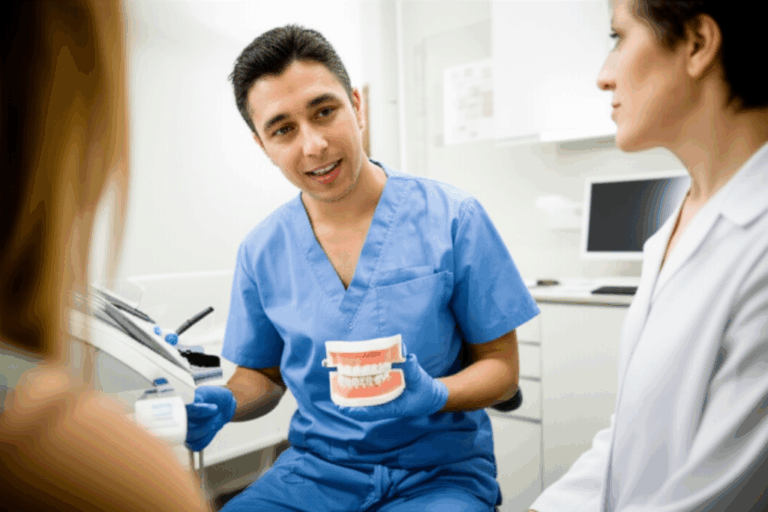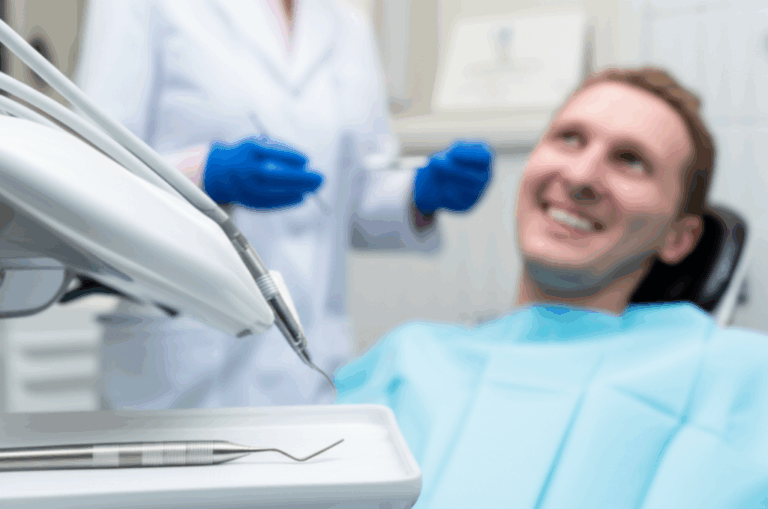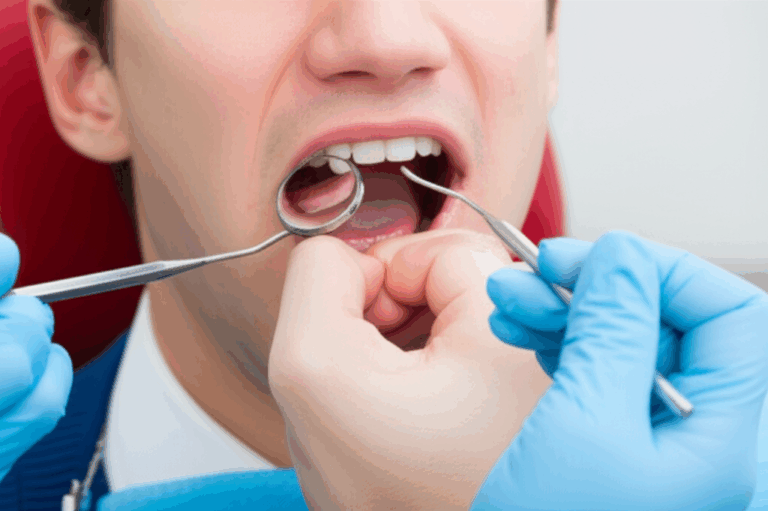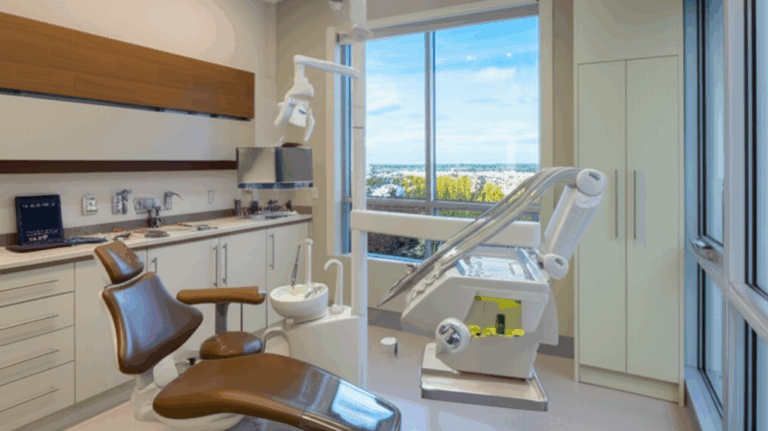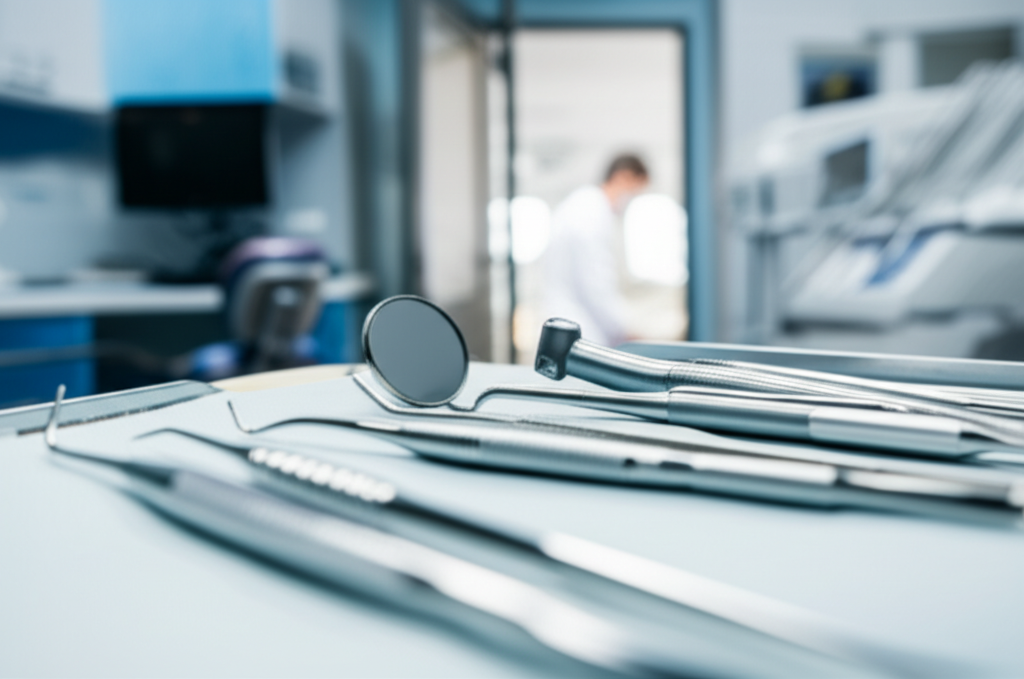
From Hygienist to Dentist: My Personal Journey & Practical Guide
Table of Contents
a. Essential Science Prerequisites
b. Navigating GPA Requirements
c. Closing the Gaps: Additional Coursework
a. Shadowing and Volunteering
b. Showcasing Your Dental Hygiene Experience
c. Acing the Dental School Application
a. Navigating Interviews
b. Tackling the Curriculum
c. Making the Most of My Hygiene Background
a. Board Exams and State Licensure
b. Career Paths and Moving Up
c. Managing Debt and Assessing Return
1. Introduction: Why I Chose the Dentist Path
If you’re reading this, you might be where I used to be—not sure if it’s worth moving from dental hygienist to dentist, but curious about how it works. I remember deeply how that felt. I liked my job as a hygienist. Every day, I helped people, built relationships, and got really good with my hands. But honestly, I wanted more freedom, a bigger part in helping patients, and, yeah, a better salary. If you’re like me, you’ve wondered, “What would it really take for me to become a dentist?”
Let me tell you about my step-by-step journey—from when I got the idea, through all the science classes, the tough DAT exam, the long hard years of dental school, and finally becoming a dentist. My story includes late nights studying, learning new clinical skills, lots of motivation, and many moments where I doubted myself. I’ll share what I learned, so you can see what making this change actually feels like.
2. Deciding If Dentistry Is Right for You
Before I started, I asked myself some tough questions. Am I doing this because I love all of dentistry or just because I feel bored? At first, chasing this dream seemed like a habit, but once I thought it over, my real reason was clearer. I saw how dentists could help people—not just with their teeth, but with their confidence, pain, and long-term health.
Ask Yourself:
- Do I want more say in how to treat patients?
- Am I ready for the time and cost?
- How do I feel about being a student again for years?
- Will my family and money be okay if I take 4+ years out of work?
Facing these questions was not easy, but it stopped me from having regrets. If you’re thinking about this, be honest with yourself. Your answers will guide everything from here.
3. Building Your Academic Foundation
a. Essential Science Prerequisites
Being a hygienist helped and hurt. I already had some science classes, but dental schools want more than just basic biology. Most schools ask for:
- Biology: 2 semesters with labs
- General Chemistry: 2 semesters with labs
- Organic Chemistry: 2 semesters with labs
- Physics: 2 semesters with labs
- Biochemistry: Often suggested
- Math and English: Usually at least one semester (calculus/stats and writing)
My associate degree didn’t cover all of these, especially the higher-level science classes. I looked at special pre-dental programs, but ended up just taking the missing classes at my local college and university. Each way has good and bad points. A planned program gives more help and other students to support you. Community college is cheaper and more flexible, but sometimes schools look down on credits from there.
b. Navigating GPA Requirements
Here’s a hard fact: most dental schools want a science GPA of at least 3.3-3.5 to be competitive. My old grades made me nervous. I knew I had to do really well in my new science classes to show I had improved. Also, schools look at both your science GPA and whole GPA—so if you started college rough but finish strong, that helps.
What helped me most:
- Retaking classes where I had low grades.
- Studying with friends—having someone to study with made big classes like organic chemistry less scary.
c. Closing the Gaps: Additional Coursework
If you’re missing science classes, don’t worry. Lots of people switching careers—other hygienists, nurses, and so on—are in the same boat. Schools know your path is not straight. Older students and career changers are often liked for their life skills and strong commitment. Most places take community college classes, especially if you explain your story. For the very top schools, university science classes may help you stand out.
4. Conquering the Dental Admission Test (DAT)
The DAT. Just hearing it still makes me nervous. I would finish my hygiene job, eat a fast dinner, and then drill practice questions for hours. Even though I knew a lot about teeth, timed chemistry questions or puzzle problems were totally different.
What helped me:
- I took the DAT after finishing my hardest science classes, so stuff was still fresh.
- I used a mix of study tools: online courses, review books, and a lot of official DAT practice questions.
- I practiced the “perceptual ability” section a little bit every day—your hand and eye skills from hygiene do help.
Score to Aim For:
Most people who get in have Academic Average (AA) and Total Science (TS) scores around 20. You don’t need to be perfect, but try for high teens if you can.
5. Gaining Experience & Application Strategies
a. Shadowing and Volunteering
Even though I already worked in a dentist office, that wasn’t enough. Dental schools want to see that you shadowed different types of dentists and workplaces. I reached out to local dentists—including orthodontists and gum specialists—to see if I could shadow for a day. Some were confused (why would a hygienist need to shadow?), but most said yes after I explained.
Volunteering in community clinics really opened my eyes. Taking care of people with little or no insurance gave me a wider view. It was very different from working as a hygienist.
b. Showcasing Your Dental Hygiene Experience
One worry I had was how to make my hygiene work count on my application and in interviews. I was afraid they’d see me as “just a hygienist.” Instead, I used it as my strength. In my personal statement, I talked about building trust, noticing small changes in oral health, and really knowing what makes patients scared or comfortable. My recommendation letters came from both a science teacher and my supervising dentist, showing my skills and how I work with others.
c. Acing the Dental School Application
You apply through AADSAS. It’s long, but not hard to use. Here’s what helped me most:
- Personal Statement: This was my chance to share why I wanted to become a dentist and how my story led up to it.
- Letters of Recommendation: Ask early—teachers and dentists are busy, so don’t wait.
- Experience List: List all your volunteer work, shadowing, clubs, and your time as a hygienist.
6. The Dental School Experience: Surprises, Struggles, and Wins
a. Navigating Interviews
My first dental school interview made me super nervous. But a lot of the time, they really just wanted to honestly know “why change from hygienist to dentist?” They asked things like handling tough patients, working in a team, or fixing mistakes. Having done all that helped me answer them with real examples.
You’ll get a lot of “behavior” questions, so practice answering out loud. If you can, ask another hygienist who made the jump to do a practice interview with you.
b. Tackling the Curriculum
Dental school put me out of my comfort zone, big time. The first years are packed with lectures and science topics—even for health people like us. Anatomy, body functions, medicine, and biochem all at once! Then everything moves to clinical work and labs. In my third year, I finally started treating patients, fixing teeth, finding problems—now with much more responsibility.
My hygiene skills helped for hands-on classes. I already knew safety, how to sit and move right, and how to talk with patients. I was fast with hand tools, which let me use my brain for the new stuff. But there was still a TON to learn, especially for things like oral surgery or root canals.
c. Making the Most of My Hygiene Background
Let’s be honest: some classmates and teachers may think certain things about “former hygienists.” I worked hard to show that I was a team player but always professional and open to learning. My background helped me talk with patients and use instruments, but I put in the same work as everyone else to learn dentist skills.
If you’re curious about new dental lab work, I suggest learning about digital dental lab technology and how things are changing with dental ceramics lab materials. These things are changing how we make tooth repairs and replacements.
7. After Dental School: License, Specialize, Succeed
a. Board Exams and State Licensure
Almost there! To work as a dentist, I had to pass the big written test (INBDE) and a hands-on exam for the state. Every state is different, so check early. Some also want you to take a law and rules test, too.
b. Career Paths and Moving Up
Finishing school felt amazing, but there were new choices. Should I try working for someone as an associate, or dream of my own office? Should I try to specialize? A lot of hygienists who become dentists, like me, start in general practice. Later, some buy into offices or go for a specialty like working with kids or surgery, but that means more school and hard-to-get spots.
Owning an office means more freedom, but starting as an associate lets you learn about running a business, leading a team, and doing harder dental work before you risk it all. If you want to help with big repairs, consider how a good crown and bridge lab can make your work more exact.
c. Managing Debt and Assessing Return
This is important. Dental school is expensive. The average new dentist has about $300,000 in debt (give or take). Dentist pay changes a lot by state or type, but the average is about $170,000–$200,000, while hygienists make more like $80,000–$90,000.
So it takes years to pay off the debt. Some programs will cut your loans if you work in places that need dentists most. Was it worth it? For me, having more to do, being in charge, and being more independent made every late night worth it.
8. My Reflections, Encounters, and Final Advice
If you’re thinking about this, remember you’re not alone. Dental schools welcome hygienists, because we have a lot of patient care experience. I saw for myself: former hygienists get better at working with patients faster and are often loved by patients and teachers.
But it’s not for everyone. You’ll spend years (and a lot of money) away from working, take tough tests, and sometimes doubt yourself. Having kids or other big things at home can add extra stress, but I saw classmates make it work with good support.
Wherever you end up, your time as a hygienist will give you lots of strengths. Dentistry needs people with heart, skill, and love for patients. For me, I’d do it all over again.
A Quick Summary of Steps:
If you want more straight-talking advice, check out guides like the dental practical guide or connect with other dentists online.
Final advice? If you really want this, the journey is hard, but you CAN do it. Take one step at a time. Others have done it—and you can too.
Reviewed and fact-checked by Dr. Joe Dental, DDS, Clinical Advisor
Note: This story is my own and what I saw from classmates. Numbers are from the latest government and dental school stats. Always check school websites and official info for the latest details.

